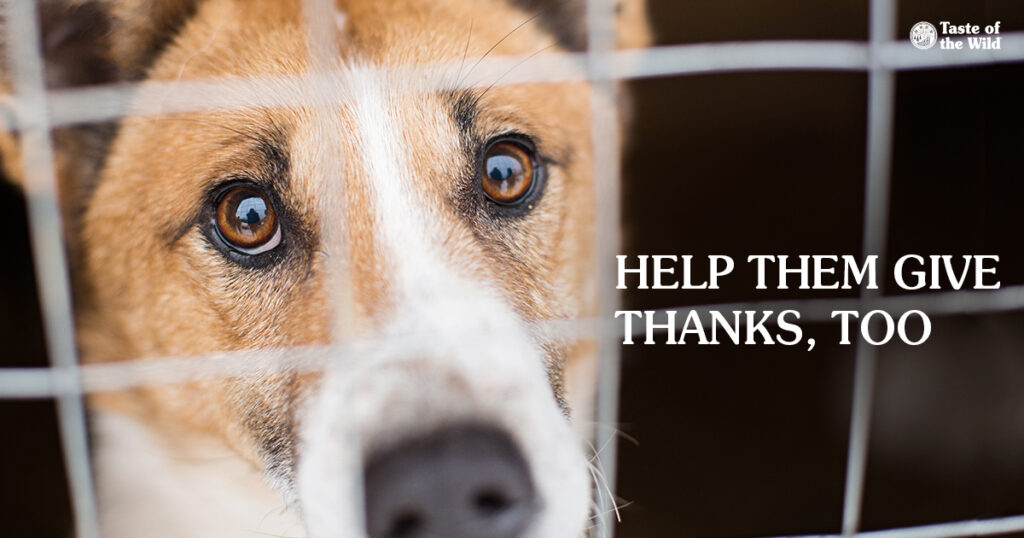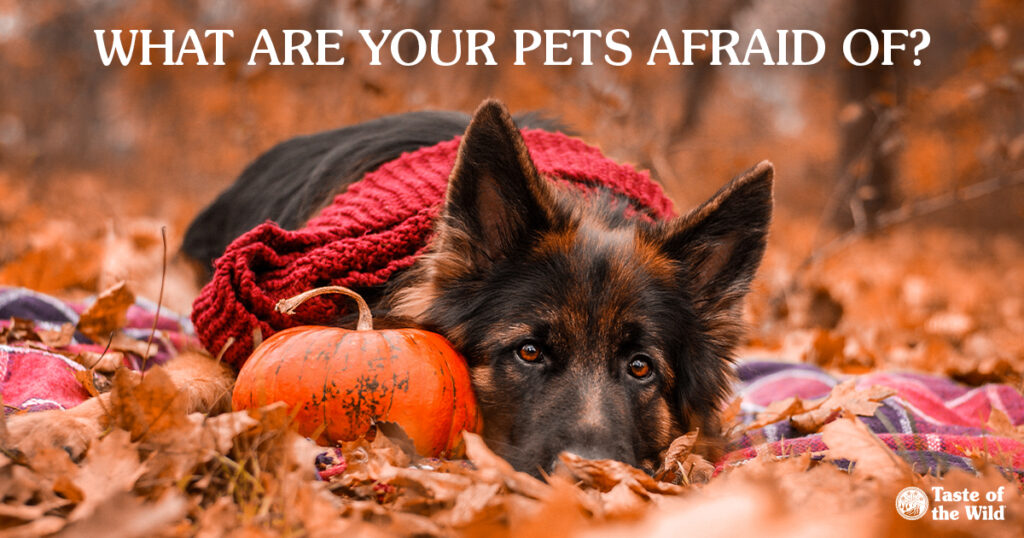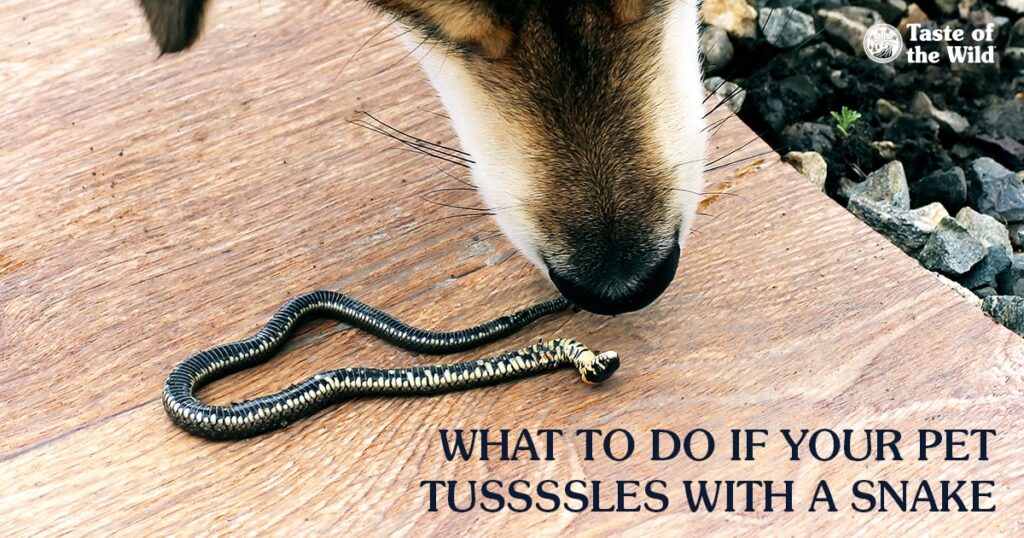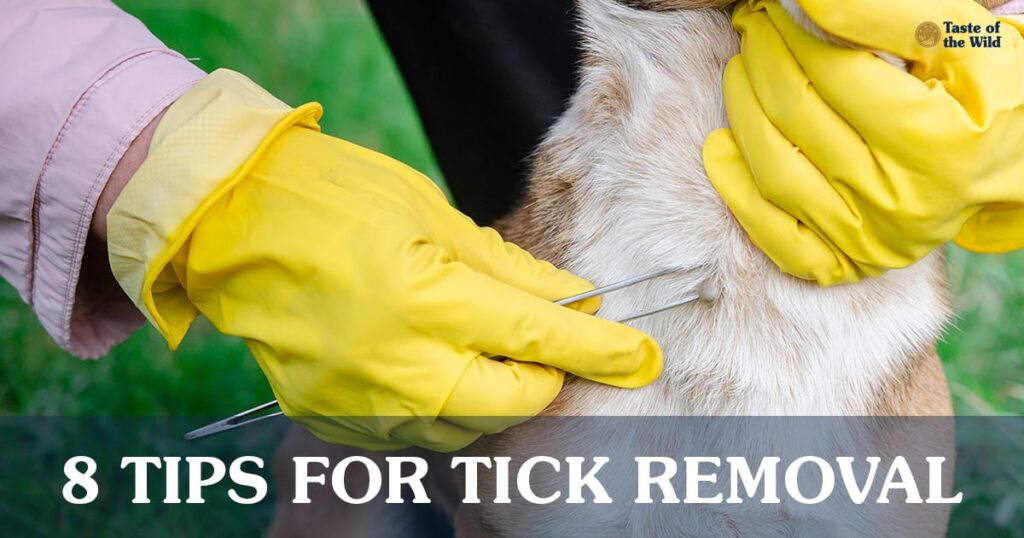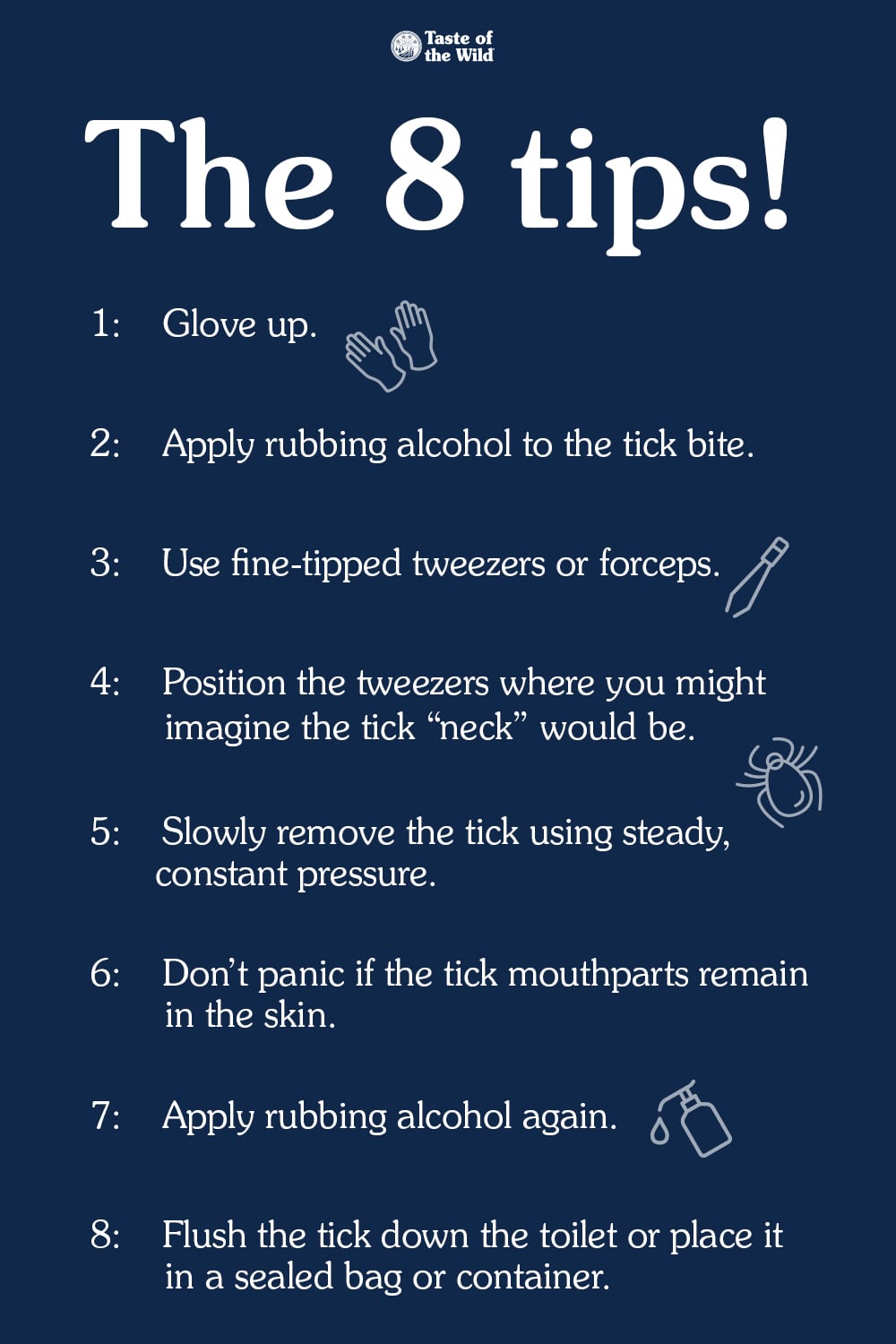
Only so much eggnog and sugar cookies can be consumed before your family eventually plops on the couch, ready to snuggle in for a traditional evening of movies. But since your dog is truly a part of your family, why not let them pick the flick this time? Here are a few dog-themed holiday movies to watch that might just keep your pooch on the edge of their seat.
A Dog Named Christmas
In this Hallmark Hall of Fame feel-good movie, a young man with a learning disability shows just how powerful the unconditional love for animals can be. When the local animal shelter launches a campaign to promote dog adoption for the holidays, the boy puts his all into convincing the people of his Midwestern town to participate. At the same time, one dog in particular captures his heart.
I Want a Dog for Christmas, Charlie Brown
What kid doesn’t dream of a puppy under the tree with a red satin bow around its neck? So it goes for Linus’s little brother, Rerun. In this Peanuts’ classic, Rerun sets his sights on bringing Snoopy’s less civilized brother Spike into the family.
The Search for Santa Paws
In this heartwarming fantasy/adventure film, Santa’s head elf brings a stuffed dog to life, which Santa names Paws, and the jolly guy vows to be his best friend for life. When the pair travel to New York, Santa is hit by a cab and loses his memory. Paws teams up with a young orphan named Quinn, her friend, and a group of magical talking dogs to help save Santa and show the real meaning of the holiday.
How the Grinch Stole Christmas
Who doesn’t love Max, the loyal dog of the “mean one” in this holiday classic? In the live-action version, Max is actually played by six different shelter dogs who all found homes after the movie. What a happy ending!
Lady and the Tramp
While you may not instantly think of Lady and the Tramp as a holiday movie, it starts with Lady, a cocker spaniel, arriving as a Christmas gift and ends with Tramp, a stray mutt… Well, we don’t want to give away the ending, but it ends at Christmas!
Beethoven’s Christmas Adventure
Beethoven, the lovable St. Bernard, returns to help save Christmas in this sequel. After Santa’s sleigh crashes and his magic toy bag goes missing, Beethoven comes to the rescue just in time. And Beethoven speaks for the first time in this movie!
What’s your favorite movie to watch while you’re cuddled up on the couch with your canine companion?




